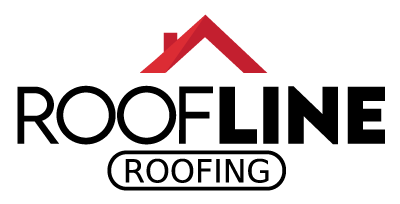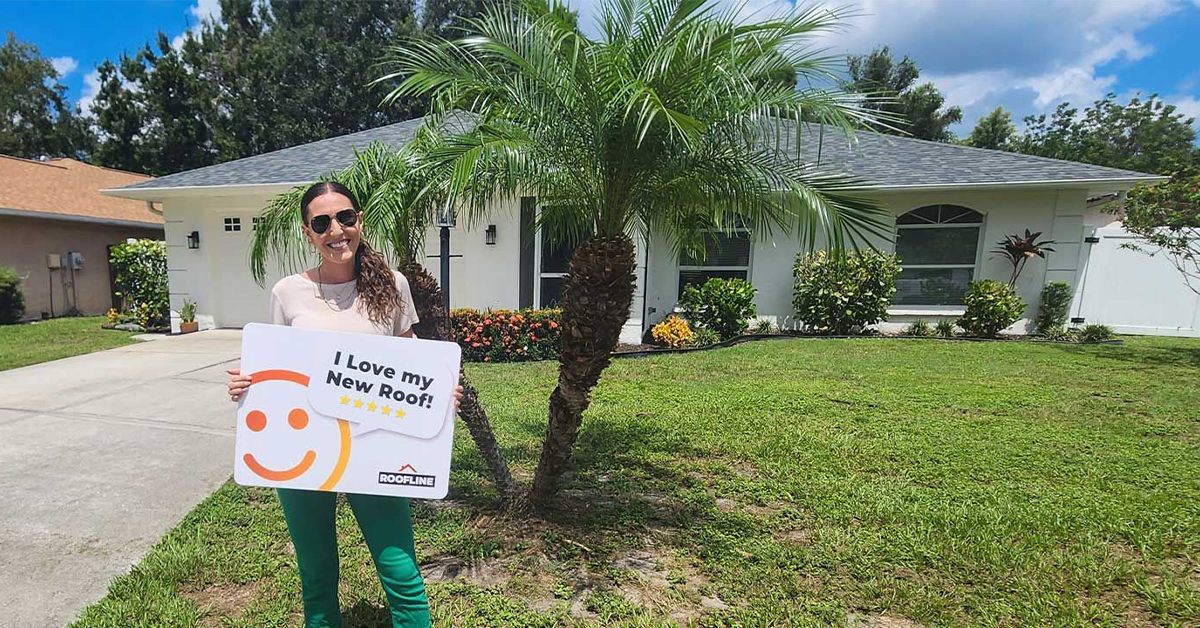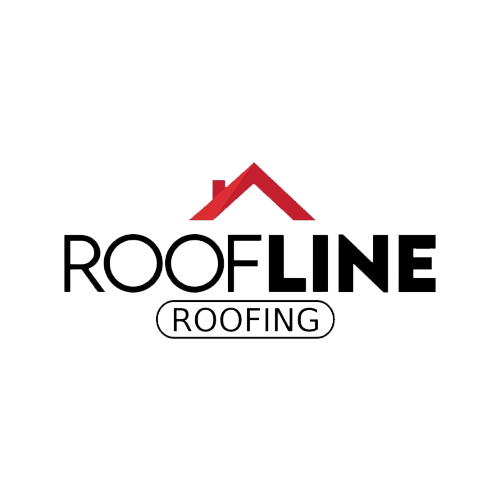
Choosing the right roof and understanding its warranties is more than just a practical necessity—it’s an investment in the longevity and value of your home. In coastal Florida, where weather conditions can be unpredictable, knowing the intricacies of roofing warranties is crucial. These warranties are essential safeguards against defects in materials and errors in workmanship, and having comprehensive insight can protect you from unexpected costs down the line.
Navigating the types and exclusions of warranties can be complex, but doing so empowers property owners to make informed decisions. Whether it’s understanding the limitations of material warranties, evaluating the scope of workmanship coverage, or preparing for a successful claim, a strategic approach can enhance both security and peace of mind. With the right knowledge and documentation at hand, residents in areas like Bradenton, Anna Maria, and Palmetto can ensure their roofs are both resilient and well protected, even amidst the challenges posed by Florida’s unique climate.
Types of Warranties: Manufacturer vs. Workmanship
Understanding the different types of roofing warranties can help you make informed decisions. Particularly in Anna Maria and surrounding areas, where weather conditions can be a challenge, knowing what type of protection your roof has is crucial. The two primary warranty types—manufacturer warranties and workmanship warranties—serve different purposes. Each offers distinct advantages and limitations that are worth considering.
A manufacturer’s warranty focuses specifically on the roofing materials themselves. These warranties cover defects in the materials due to errors in production. For a roof warranty on the island of Anna Maria, this can be especially important, considering the unique challenges presented by the coastal environment. Salt air and strong sun exposure can test material durability. Top manufacturers often provide varying coverage periods, typically between 20 to 50 years, which assure you the materials can endure Florida’s climate. A 2019 study by Remodeling Magazine revealed that roofs with longer manufacturer warranties tend to retain home value better over time, offering up to 61% recovery on investment upon resale.
Furthermore, it’s essential to understand the scope of your warranty. For instance, some manufacturer’s warranties might cover only the cost of new materials, while leaving labor out of the equation. Others may offer the entire cost of repair or replacement, including labor. Such distinctions can significantly affect costs in the event of a claim. Research by the Metal Construction Association in 2021 pointed out the critical importance of knowing precisely what is covered to avoid large out-of-pocket expenses.
On the other hand, a workmanship warranty covers the installation process. This type of warranty is provided by the roofing company and ensures that the installation meets specified standards. Poor installation can be as detrimental as defective materials, causing problems like leaks or structural issues. The length of workmanship warranties varies significantly, ranging from one year to a lifetime, depending on the company’s credibility and policy. According to a 2020 survey by the National Roofing Contractors Association, 50% of reroofing issues stemmed from installation errors rather than material failures.
Re-evaluating the issuers of your warranties might be worthwhile to ensure peace of mind. Reputable roofing companies will stand by their work with a robust workmanship warranty. Ensure your contractor provides a clear explanation of their warranty terms. It’s crucial to have the details, such as what constitutes poor workmanship and what actions are covered under the warranty terms, documented in writing. Studies published by the Better Business Bureau highlight that dissatisfaction with workmanship is frequently due to misunderstandings of these terms.
In Anna Maria and similar regions, combining both warranty types affords a comprehensive coverage strategy. An ideal setup might include a manufacturer’s warranty on materials, coupled with a robust workmanship warranty from your chosen contractor. For example, choosing a roofing system with a 50-year material warranty and a 10-year workmanship warranty could afford you greater long-term security. This dual-layer of protection means whether the issue is a faulty shingle or an installation error, you’re covered under both contingencies.
Understanding how weather conditions unique to coastal Florida can impact your roof over time is crucial. For instance, data from the Insurance Information Institute indicates that storm damages average $6,000 in repairs annually in Florida’s coastal areas. This highlights why having robust warranties can be an invaluable asset, potentially saving homeowners significant sums in both routine and emergency repairs.
Incorporating warranties into your decision-making process when hiring a contractor can significantly mitigate risk. An informed choice not only helps you avoid unexpected repair costs but ensures ongoing protection that withstands the test of local climate conditions. Therefore, understanding these warranty types and using them strategically can make all the difference in maintaining the integrity and value of your property over time.
Reading the Fine Print: Common Exclusions and Misunderstandings
Roof warranties provide peace of mind, yet a robust understanding of fine print is necessary to avoid unwelcome surprises. One might assume a warranty covers all roof-related issues, but exclusions and misunderstandings can lead to out-of-pocket expenses. This is particularly significant for property owners in Bradenton, as the region’s climate imposes additional stresses on roofs.
Several warranty exclusions commonly affect roof protection. Wear and tear due to normal weathering is typically not covered. Over time, elements like rain, wind, and UV exposure contribute to gradual deterioration. A report from the International Association of Certified Home Inspectors states that even with high-quality shingles, the relentless sun and salt-laden air in places like Bradenton expedite material aging. It’s vital to note that while regular maintenance helps counteract these effects, choosing materials proven to withstand such conditions from the outset is wise.
Next, damage resulting from natural disasters, extreme weather events, or “acts of God” often fall outside warranty protection. These events include hurricanes, which South Florida frequently faces. According to data from the National Hurricane Center, the state experiences numerous hurricanes each season, often leading to roof damage. Therefore, while warranties provide significant protection, supplementing them with adequate insurance policies is a practical approach for unavoidable circumstances.
Improper maintenance is another exclusion found in many warranties. It’s a common misconception that once installed, the roof requires little attention. In reality, regular inspections and upkeep are crucial. The National Roofing Contractors Association recommends semi-annual inspections, ideally before and after hurricane season in Florida. Missing this step can invalidate your warranty. Simple tasks like removing debris, cleaning gutters, and checking for loose shingles prevent minor issues from becoming major problems, potentially voiding your warranty.
The choice of roofer also matters. Using unauthorized or unlicensed contractors for repairs or inspections can void warranties, as manufacturers require specific installation standards. In Bradenton, ensuring contractors adhere to proper licensing and are aware of warranty conditions is essential. A study by the Florida Department of Business and Professional Regulation highlights that licensed contractors decrease the likelihood of warranty nullification by ensuring materials are installed per the required guidelines.
Neglected ventilation systems are commonly misunderstood exclusions that can lead to warranty issues. Poor ventilation increases heat and moisture accumulation, causing premature material failure or mold growth. ASHRAE (American Society of Heating, Refrigerating and Air-Conditioning Engineers) advises that adequate roof ventilation prolongs roof life and maintains indoor air quality. Checking whether your warranty mandates specific ventilation standards can save you from denied claims.
Another area often misunderstood is the impact of modifications or add-ons to existing roof structures. Installing solar panels or satellite dishes might affect warranty validity. Before undertaking such installations, consult your roof warranty to ensure compliance with terms. Some manufacturers offer specific guidelines or separate warranties for roofs with additional installations to prevent unintentional breaches.
Lastly, subpar documentation can lead to exclusions. Folder with all receipts, contracts, and communication related to the roof installation, maintenance, and repair process is vital. Proper documentation ensures clear, proof-backed communication when claims arise. A survey by the Better Business Bureau noted that disputes over warranties often resolve more quickly when clients have clearly maintained records.
Understanding these nuances and exclusions embodies a proactive approach to protecting your investment. Recognizing that a roof warranty is part of a broader maintenance and protection strategy, rather than a catch-all solution, empowers property owners. In Bradenton’s unique environment, this knowledge assists in making informed decisions about construction, maintenance, and emergency planning, fortifying your property against both expected and unforeseen challenges.
Maximizing Your Coverage: Tips for Making a Successful Claim
Maximizing Your Coverage: Tips for Making a Successful Claim
Navigating the intricacies of a roof warranty claim in Palmetto requires a keen eye for detail and a strategic approach. Properly understanding your warranty terms and leveraging them can mean the difference between a stress-free experience and a costly ordeal. Here are practical tips to facilitate a successful claim process and ensure you get the most from your warranty coverage.
Before filing a roof warranty claim, comprehensively review the warranty documentation. This step clarifies what incidents are covered and aligns your expectations with the reality of potential outcomes. Familiarize yourself with the granularity of coverage—whether it’s material-only, labor-inclusive, or subject to specific exclusions. Understanding these facets helps you prepare necessary documentation and arguments to support your claim.
Inspection and assessment come next. Conduct a thorough inspection or hire a certified professional to assess the damage. This assessment should be well-documented, noting discrepancies like loose shingles or water intrusion, and supported by photographs or videos. Such visual evidence substantiates the report and offers undeniable proof of damage, strengthening your position when engaging with warranty providers.
Communication with the warranty provider should be prompt and methodical. Notify them immediately once damage is detected, adhering to any stipulated timelines in the warranty. Delayed notifications can jeopardize your claim. Be clear, concise, and detailed in your communication. Specify the nature of the damage, the date of discovery, and any potential causes based on initial assessments. Having this information ready streamlines the process and preemptively addresses likely questions.
Engaging with an authorized contractor is crucial. Many warranties stipulate that repairs must be conducted by certified contractors to remain valid. In Palmetto, confirming contractor credentials ensures compliance with warranty conditions, avoiding unnecessary denials based on technicalities. Insist on transparency and documentation from your contractor, keeping a detailed record of all interactions, recommendations, and receipts related to the repair work.
If a claim is denied, thoroughly analyze the reasons provided by the warranty provider. Review their justification against your documentation and warranty terms. It might be beneficial to seek a second opinion or consult with a roofing expert to evaluate the claim’s legitimacy. Sometimes, simple misunderstandings can be resolved with additional clarification or evidence.
For more complex or disputed claims, legal advice can serve as an invaluable tool. Attorneys specializing in warranty claims provide leverage, helping interpret the more intricate aspects of legal verbiage. While this step incurs additional costs, it can be the deciding factor in disputed high-stakes claims, especially when significant sums or structural integrity are endangered.
Maximizing your warranty coverage starts long before a claim, continuing through strategic maintenance practices. Regular maintenance records reinforce the legitimacy of your claim, proving ongoing adherence to preventative measures. Keep a meticulous trail of these activities, from gutter cleaning to bi-annual inspections, as it demonstrates proactive care in maintaining your roof’s condition.
The experience in making a roof warranty claim in Palmetto can be seamless when prepared adequately. By following these tips, property owners can enhance their claim success probability, ensuring that their investment is safeguarded, and potentially avoidable expenses are minimized.
You might be asking
What are the different types of roof warranties available?
There are three main types of roof warranties: manufacturer’s warranties, workmanship warranties, and extended warranties. Manufacturer’s warranties cover defects in roofing materials and are often valid for 20 to 50 years. Workmanship warranties protect against errors made during installation and are typically provided by the roofing contractor. Extended warranties can be purchased for additional coverage and usually combine material and workmanship aspects.
What common issues are typically not covered under roof warranties?
Most roof warranties do not cover damage caused by natural disasters, such as hurricanes, floods, or earthquakes. They also usually exclude normal wear and tear, improper maintenance, alterations made after installation, and damage caused by foot traffic or installation of rooftop equipment.
How can I ensure I’m getting the most out of my roof warranty?
To maximize your roof warranty benefits, ensure that all materials and installation are handled by certified professionals. Regular maintenance, as outlined by the warranty, is crucial. Document any professional roof inspections and repairs. Understand the specific terms, including exclusions and limitations, and keep all warranty paperwork accessible.
Next Steps
Every roof serves as a critical shield against weather elements, especially in regions like Bradenton and Palmetto, where climatic challenges are more pronounced. To ensure optimal protection, it’s wise to thoughtfully review and understand your roofing warranties. Select material and workmanship warranties that fit the specific needs of your property, acknowledging any exclusions and maintenance requisites. Regular maintenance and strategic planning could be your strongest allies in maintaining roofing integrity, durability, and value over time.
Approach your roofing decisions with informed confidence, knowing that education and preparation can hedge potential risks. Consider taking the step to secure a comprehensive assessment tailored to your property’s needs. Reach out to Roofline Roofing for a free consultation. Our experts are ready to discuss your goals and help you navigate the paths to a secure roof. Contact us today to better protect your investment and ensure peace of mind for years to come.
Contact Us
Use the form below to contact us or to schedule a free consultation.
I would highly recommend Roofline Roofing for any roofing needs. As a fellow business owner, their professionalism and efficiency stood out. They provided quality service, completed the job on time, and their pricing was fair. Very satisfied with their work!
-- Logan L.




